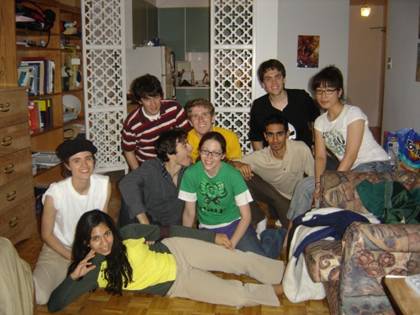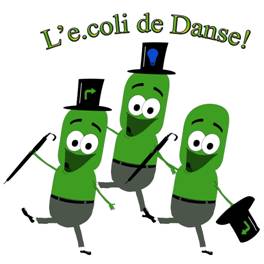McGill University 2006
From 2006.igem.org
| Line 44: | Line 44: | ||
</tr></table> | </tr></table> | ||
| - | + | <table border="0"><tr> | |
| - | + | <td> | |
<center><h2>Lab Procedures</h2></center> | <center><h2>Lab Procedures</h2></center> | ||
* [[Protocols]] | * [[Protocols]] | ||
* [[Lab Notebook]] | * [[Lab Notebook]] | ||
| - | + | </td> | |
{| cellspacing="2px" cellpadding="0" border="0" style="padding: 0px; width: 750px; color: #000000; background-color: #ffffff;" | {| cellspacing="2px" cellpadding="0" border="0" style="padding: 0px; width: 750px; color: #000000; background-color: #ffffff;" | ||
|-valign="top" | |-valign="top" | ||
| - | + | <td> | |
<center><h2>Club</h2></center> | <center><h2>Club</h2></center> | ||
* [[News]] | * [[News]] | ||
| Line 60: | Line 60: | ||
* [[Journal Club Meetings]] | * [[Journal Club Meetings]] | ||
* [[Journal Club Papers]] | * [[Journal Club Papers]] | ||
| - | + | </td></tr></table> | |
<center><h2>Just for Fun</h2></center> | <center><h2>Just for Fun</h2></center> | ||
Revision as of 04:19, 28 October 2006

Projects
Just for Fun

|

